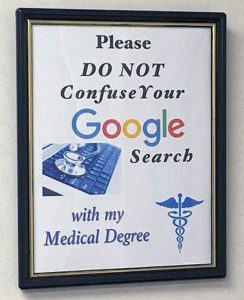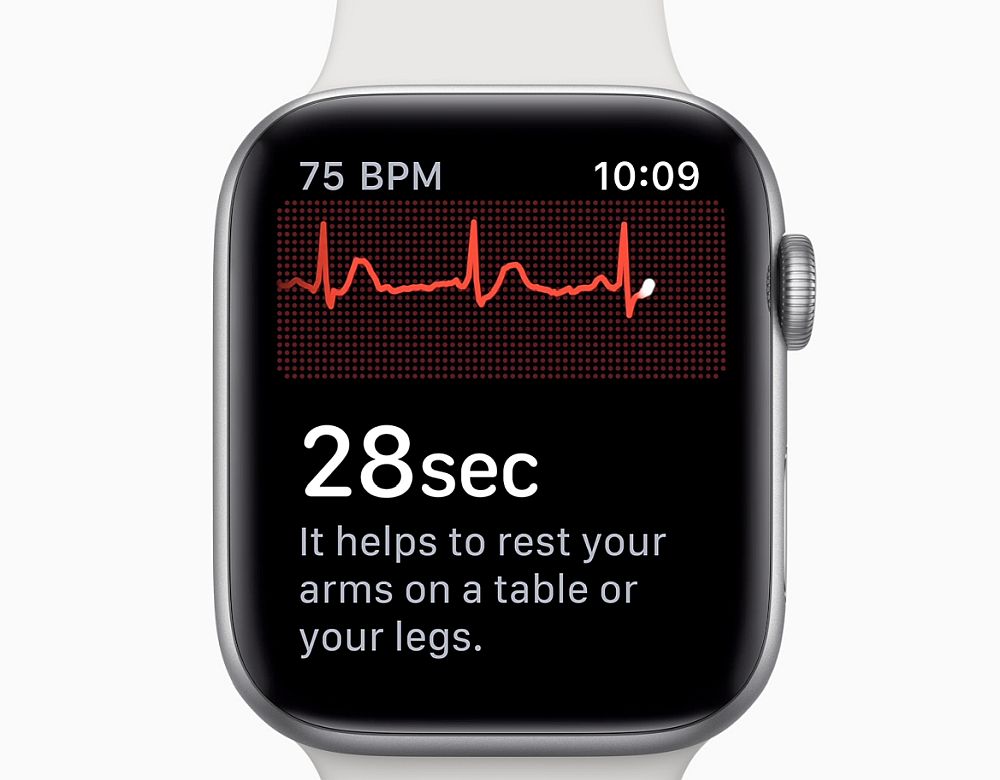
I watched the Sept 15 Apple event and was awestruck by the slick presentation, the speaker’s oratory skills, the deft videography, and of course, the beautiful Apple products. Well, those are the high standards set by the late Steve Jobs, and Apple never lets its fans down!
Apple announced two new watches (Watch Series 6 and Watch SE) and new iPads. No announcement about the next iPhone yet.
Now about the Watch.
This one product overtook the Swiss watch industry in 2019, selling 30 million units. For decades, the well-heeled coveted the highly precise Swiss watch. It was a status symbol to wear a sleek Swiss chronograph on one’s wrist. Swiss watches have been passed down for generations. So there must be something really special in the Apple Watch.
The Apple Watch appeals to both, aging populations and young wellness enthusiasts. It can do a lot more than tell the time through a plethora of fancy watch faces. It is a personal health monitoring device worn on one’s wrist. It measures blood oxygen levels, heartbeat, blood pressure, and other vitals — and sends this data back to the cloud. There are stories about how it saved lives with warnings that they were going into cardiac arrest–only to be saved by timely action. The Watch has panic buttons to dial an emergency service when it senses that the wearer falls. And it is tethered to Apple’s Fitness+ service that offers customized exercise routines from professional instructors.
It has a plethora of sensors that can measure altitude, steps walked, activity, and sleep patterns. And Apple Watch owners will swear by the helpful advice that flashes on their watch screens with empathetic messages like: “It helps to rest your arms on a table or your legs.”
If you were to ask doctors what they thought about the Apple Watch as a health device, you’d get mixed reactions. Some would welcome it, for the vitals it provides. Others would say that it can cause a lot of anxiety in patients who will be looking at their health data several times a day. This reminds me of the “Google Doctor” that I mentioned at the beginning of this story.
A high-tech device will never replace the judgment of a highly experienced and knowledgeable medical practitioner.
So technology is a double-edged sword — it has its pros and cons. I’m not so sure if a young healthy person would find information about his blood oxygen levels so useful. But they might choose to wear an Apple Watch for other reasons — for some, it could be just a status symbol.
Apple has partnered with medical institutions in the US and Canada to explore health applications and ways in which the data from the Watch can be used.
So it is obvious now that Apple has chosen the health care and personal wellness industries for its Watch products, just as it chose Education and the Design industries for its Macintosh computers decades ago.
At $399 for the basic model of Watch Series 6 and $279 for Watch SE, people in developing economies would find this beyond their affordability. In India, there are lots of people who can afford this — but a majority of the population still uses feature phones, and many do not wear a wristwatch.
GOQii Smart Vital (INR 6,000 or $81.58) and other alternatives that cost far less and offer similar functionality are available. In fact, the Fitbit Versa bears a striking resemblance and is worth checking out, especially if you use an Android smartphone. Fitbit is about to announce the Versa 3.
I’m not so sure I’ll be able to use an Apple Watch (cellular version) without an iPhone. And I do not want to buy an iPhone just to use the Apple Watch.
So for me, it is a personal choice to wear some other watch on my wrist. I used an older model of the GOQii watch for two years and was very satisfied with its pedometer and the nutrition advice from associated dieticians in the GOQii ecosystem.
What about you? Will you be buying the new Apple Watch?
AN UPDATE: Apple announced that it is opening its first online store in India next week. So I am keen to find out about EMI (equated monthly installments) on credit cards.

